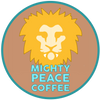About Congo
About the Democratic Republic of Congo, also referred to as DRC or Congo.
Population: Estimated 90 Million to 100 Million
Capital: Kinshasa
Independence Day: June 30, 1960
Previous Names: Congo Free State, Belgian Congo, Democratic Republic of Congo, Zaire
Coffee in Congo
Arabica coffee arrived in Congo through Belgium’s colonization in the 1800s. The volcanic soil, mountains and temperate climate in the eastern provinces, Ituri, North Kivu and South Kivu, provided the ideal environment for Arabica coffee. Mighty Peace Coffee solely imports Arabica coffee at the moment but Congo produces Robusta as well. Robusta is native to Congo, and fun fact, before the variety was called Robusta or Coffea Canephora, many agronomists and botanists referred to it as Coffeea Congo. It grows naturally in Congo and across many other African countries.
Harvests: February - June & September - December
Departure Ports: Dar Es Salaam, Tanzania, Mombasa, Kenya
Transit Time (Congo to America): 60 - 75 days
It is Africa’s second largest country, and because of its size, it is considered part of central Africa, east Africa, southern Africa and western Africa all at once! The coffee Mighty Peace Coffee imports comes from the North and South Kivu provinces, in the eastern parts of the country.
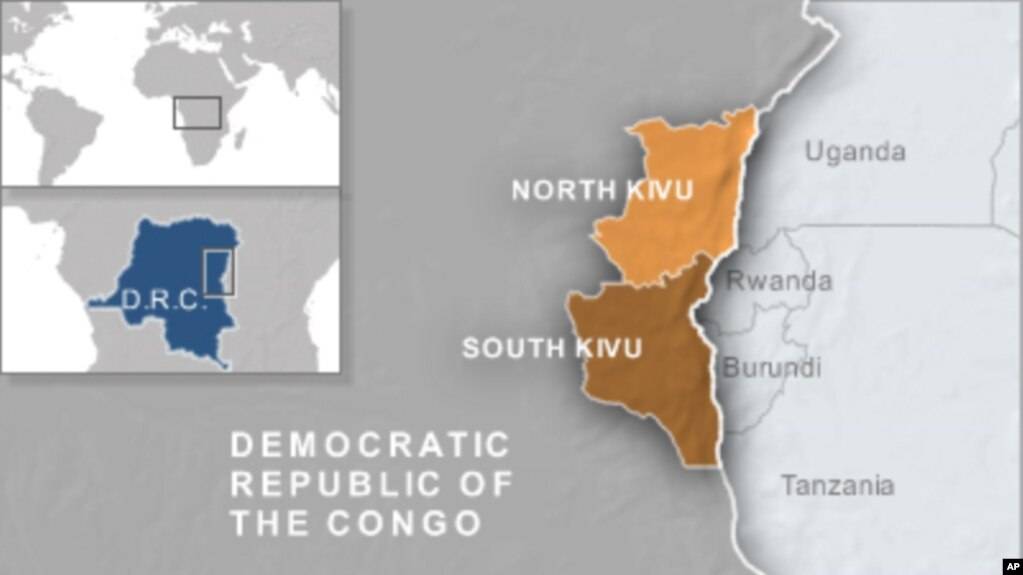
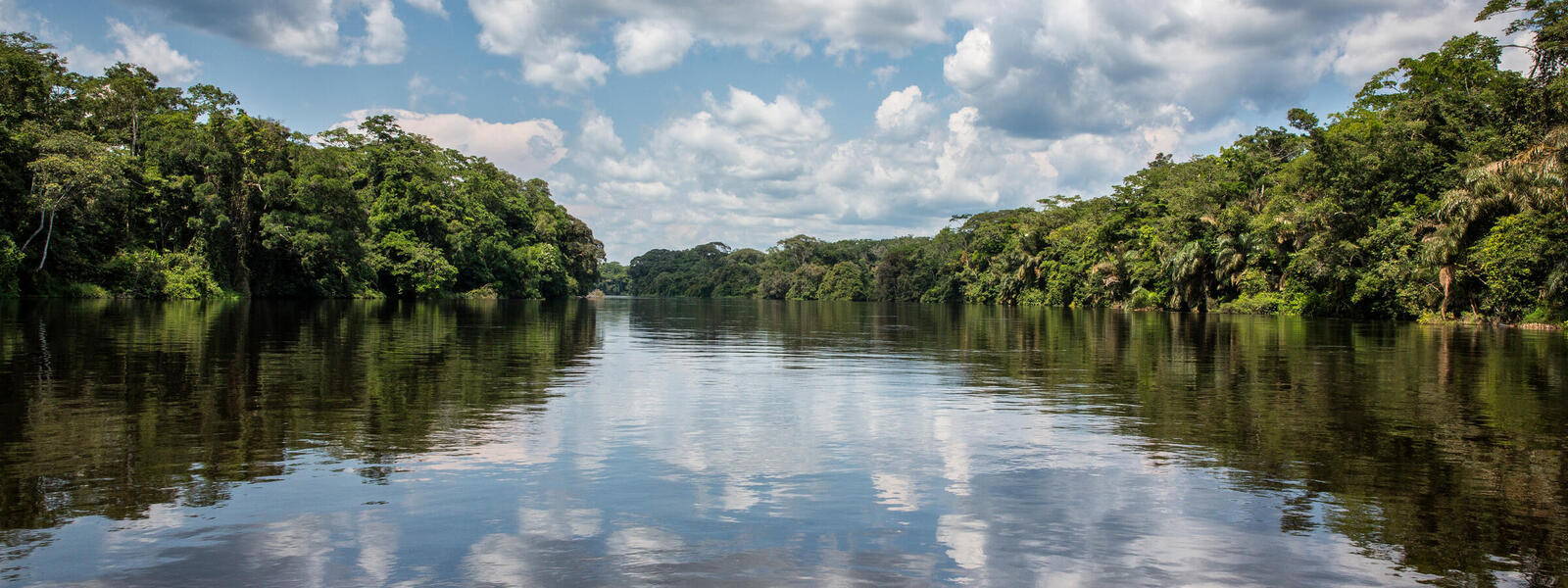
Congo’s rainforest, the Congo Basin, is the world’s biggest carbon sink, absorbing more Co2 than the Amazon. The Congo Basin is referred to as the Lungs of Africa and global climate change efforts are often centered around preserving it. (Source: World Bank)
In addition to its diverse flora, there’s immense diversity within the population and there are more than 200 ethnic groups within the country and more than 200 languages spoken.
Congo holds some of the world’s largest deposits of cobalt, coltan, uranium and copper, which are critical for the world’s industries: from electric cars, to smartphones, to military weaponry and more. As a result of this, the country and its resources have always been critically important to the world’s most powerful countries and stakeholders.
History at a Glance
Transatlantic Slave Trade - From 1502 to 1810
It is estimated that during the transatlantic slave trade, close to half of the enslaved men and women forcibly transported to the United States came from two regions:
- West Africa and Central Africa, the latter comprises today’s Democratic Republic of Congo, The Republic of Congo, Angola, and Gabon, which were part of what was then known as the Kongo Kingdom
- It is estimated that between 20-25% of African Americans today can trace their ancestry to the Kongo Kingdom.
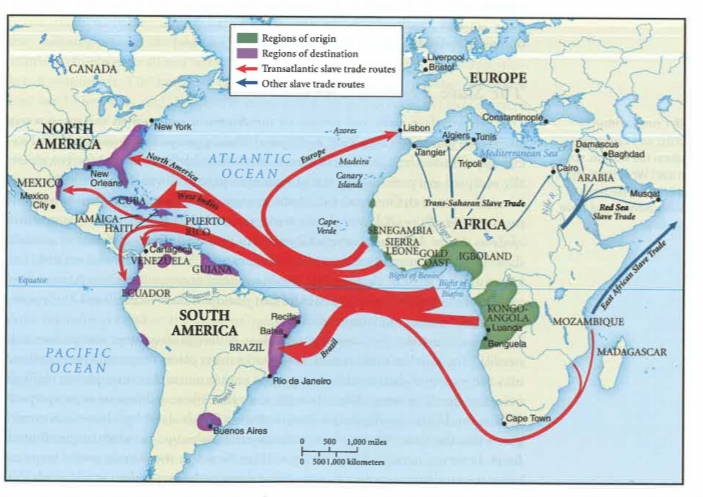
Congo Free State - From 1865 to 1905
King Leopold II, was the King of Belgium from 1865 to 1909 and the ruler of Congo Free State from 1885 to 1905.
- It is estimated that 10-15 million Congolese, or approximately half of the population at the time, were killed during his reign.
Two African-American men who spent years in Congo Free State and witnessed the atrocities against Congolese, George Washington Williams, a historian and a lawyer, and William Sheppard, a Presbyterian missionary, publicly denounced King Leopold II and lobbied for actions to end his crimes against humanity.
- Their efforts were critical in a unanimous U.S. senate resolution to take action and pressure King Leopold II to give up control of the territory to Belgium.
Civil Rights & Independence Movements - The 1960s
Congo gained its independence from Belgium in 1960, and its first Prime Minister, Patrice Lumumba, is often regarded as an example of the hope and vision that African nations had at independence. He was assassinated in 1961, under orders of the Belgian government and the CIA. Both parties have since apologized and admitted to their involvement in his assassination.
The history that binds Congo and America is painful, and often forgotten, nevertheless we believe that industry and equitable trade can lay the foundation for a brighter future that benefits both countries.
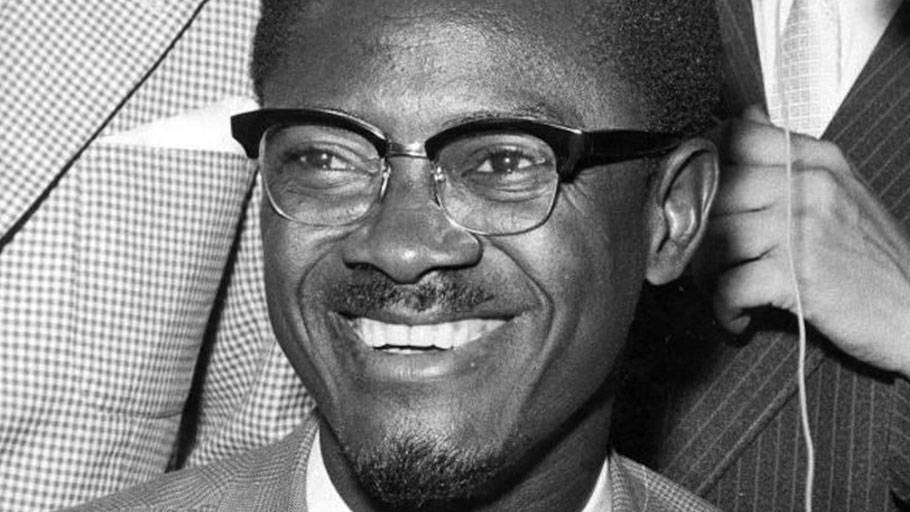
Patrice Lumumba - Congo’s First Prime Minister and National Hero
The 2000s
There has been intermittent conflict in Congo for the past two decades. Poor governance, lack of security, extreme poverty, greed and geopolitics have been some of the key contributing factors.
At one point, the conflict in Congo was called Africa’s World War as armies from Angola, Zimbabwe joined forces with Congo’s army to fight against rebels and armies from Rwanda, Uganda and Burundi. The fighting occurred on Congolese soil and millions of Congolese civilians were casualties of the prolonged conflicts and wars.
Access to and control of Congo’s mineral wealth has played a key part in the intermittent conflicts that unfortunately continue to impact Congolese people today.
There are pockets of conflict to this day despite the wars being officially over, and Congolese people and friends of Congo across the world are stating optimistic that there will be a prolonged peace.
The road to a stable country and economy will be long, but we all believe that everyone can play a role in a brighter future.
The cooperatives we work with were founded because of the belief in a brighter future in the face of a turbulent present.
Each bag of fairly traded Congolese coffee purchased by roasters like you, writes new chapters in the future of America and Congo’s relationship.
Congo in Pop Culture
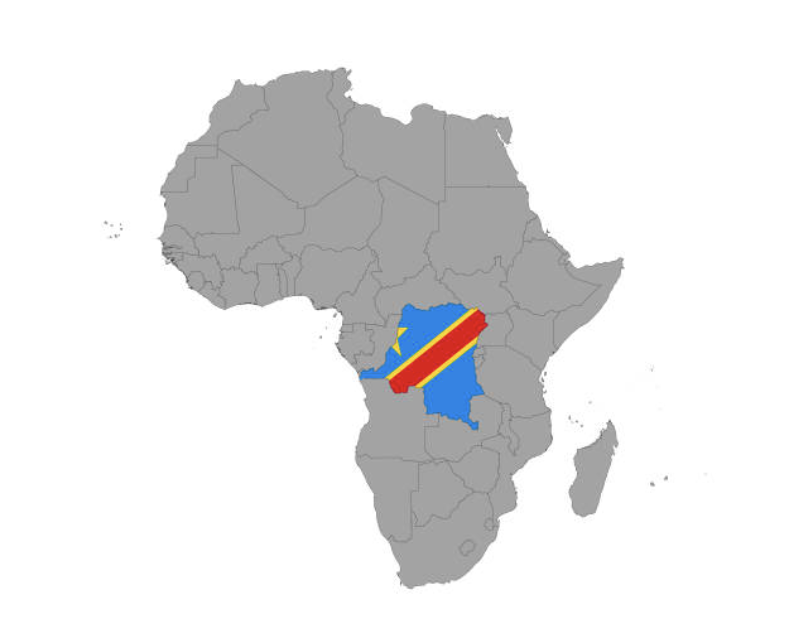
- Muhammad Ali and George Foreman's Rumble in the Jungle, when the country was called Zaire.
- Dikembe Mutombo Basketball Hall of Fame, 2015
- Dr. Denis Mukwege: Nobel Peace Prize Winner - 2018
- Congo Stories (Co-Written by Ryan Gosling and Fidel Bafilemba) - 2018
- Congo (Film Starring Laura Linney, 1995)
